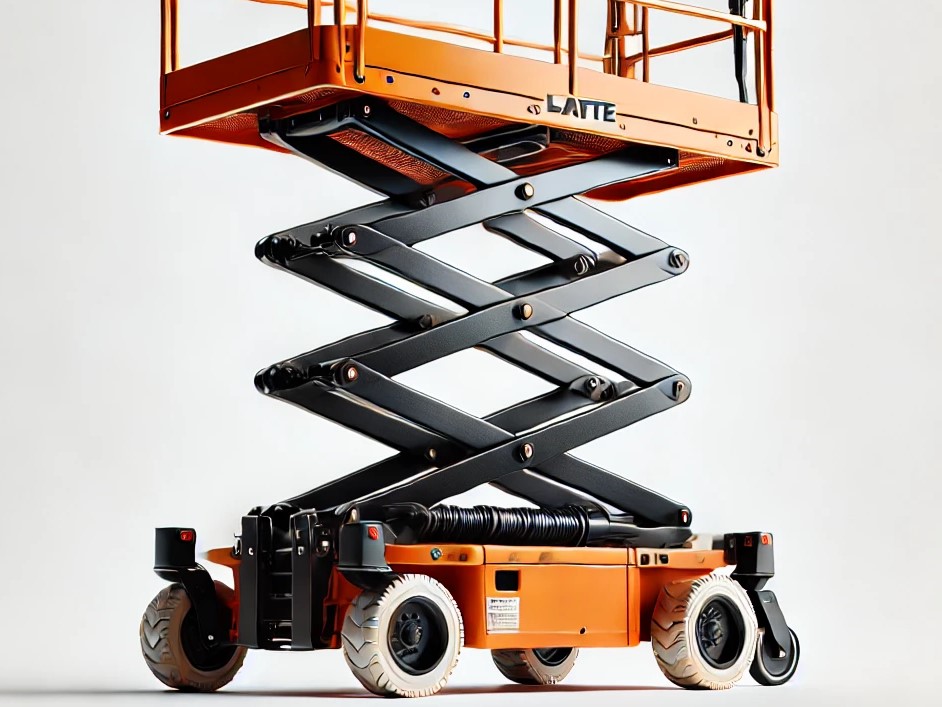Mast Lifts: Essential Equipment for Vertical Access Solutions
Mast lifts have revolutionized how professionals approach vertical work tasks in construction and maintenance industries. These compact aerial work platforms provide efficient access to elevated workspaces while maintaining excellent maneuverability in confined areas. Understanding the different types of mast lifts and their specific applications can help businesses make informed decisions about their vertical access equipment needs.

Benefits of Mast Lifts for Tight Vertical Workspaces
The benefits of mast lifts for accessing tight vertical workspaces in maintenance and construction are numerous and significant. These machines excel in indoor environments where space constraints make larger equipment impractical. Their narrow footprint allows operators to navigate through standard doorways, work between closely positioned machinery, and access areas where scissor lifts or boom lifts cannot reach.
Mast lifts provide exceptional vertical reach while maintaining a minimal ground footprint, making them ideal for warehouse maintenance, facility management, and construction projects in confined spaces. Their lightweight design reduces floor loading concerns in multi-story buildings, and many models feature non-marking tires suitable for indoor use on sensitive flooring surfaces.
Single, Dual, and Telescoping Mast Lift Configurations
The differences between single mast dual mast and telescoping mast lifts and their specific use cases define how each type serves specific operational requirements. Single mast lifts typically offer the most compact design with working heights up to 20 feet, making them perfect for light maintenance tasks and indoor applications where portability is essential.
Dual mast configurations provide enhanced stability and increased lift capacity while maintaining relatively compact dimensions. These units can safely handle heavier loads and offer better platform stability for precision work at height. Telescoping mast lifts combine the benefits of both designs, featuring extendable mast sections that provide maximum versatility in various working environments.
Essential Factors for Mast Lift Selection
Key factors to consider such as platform height weight capacity and mobility features directly impact operational efficiency and safety. Platform height requirements should account for both the maximum working height needed and the specific tasks to be performed. Most mast lifts offer working heights ranging from 12 to 40 feet, with platform capacities typically between 350 to 500 pounds.
Mobility features include drive systems, steering mechanisms, and power sources. Electric models provide quiet operation ideal for indoor use, while some units feature proportional controls for precise positioning. Consider ground clearance, tire types, and overall dimensions when evaluating mobility requirements for specific work environments.
Safety Guidelines for Mast Lift Operation
Safety tips for operating mast lifts including stabilization and fall protection guidelines are crucial for preventing workplace accidents. Proper pre-operation inspections should verify all safety systems, including platform guardrails, emergency lowering systems, and tilt sensors. Operators must always wear appropriate fall protection equipment, including full-body harnesses attached to designated anchor points.
Stabilization procedures require ensuring the lift is positioned on level, solid surfaces before elevation. Wind conditions should be monitored, as most mast lifts have operational wind speed limits. Regular maintenance schedules must be followed, and only trained, authorized personnel should operate these machines. Emergency procedures should be clearly understood by all operators and nearby workers.
2025 Trending Mast Lift Models and Features
Trending mast lift models in 2025 offering compact design electric power and enhanced maneuverability reflect industry demands for more efficient and environmentally conscious equipment. Leading manufacturers are introducing models with improved battery technology, providing longer operating times and faster charging capabilities.
| Model Series | Manufacturer | Key Features | Working Height | Estimated Price Range |
|---|---|---|---|---|
| GR-20 | Genie | Electric drive, compact design | 26 feet | $15,000 - $20,000 |
| AM-27 | JLG | All-terrain capability, dual mast | 33 feet | $18,000 - $25,000 |
| Star 10 | Haulotte | Ultra-compact, electric power | 32 feet | $16,000 - $22,000 |
| 1230ES | Skyjack | Telescoping mast, enhanced mobility | 30 feet | $17,000 - $24,000 |
Prices, rates, or cost estimates mentioned in this article are based on the latest available information but may change over time. Independent research is advised before making financial decisions.
Enhanced Technology and Design Innovations
Modern mast lifts incorporate advanced technologies such as proportional joystick controls, automatic leveling systems, and integrated diagnostic displays. These features improve operational precision and reduce setup time while enhancing overall productivity. Many 2025 models feature improved ergonomics with larger platforms and better control placement for operator comfort during extended use periods.
Manufacturers are also focusing on serviceability improvements, including easy-access maintenance points and modular component designs that reduce downtime and maintenance costs. Enhanced safety features such as tilt alarms, descent alarms, and improved emergency stop systems are becoming standard across product lines.
Mast lifts continue to evolve as essential tools for vertical access applications across various industries. Their combination of compact design, efficient operation, and specialized capabilities makes them invaluable for maintenance and construction professionals working in space-constrained environments. Proper selection based on specific operational requirements, combined with adherence to safety protocols, ensures these machines provide reliable service for demanding vertical access applications.




